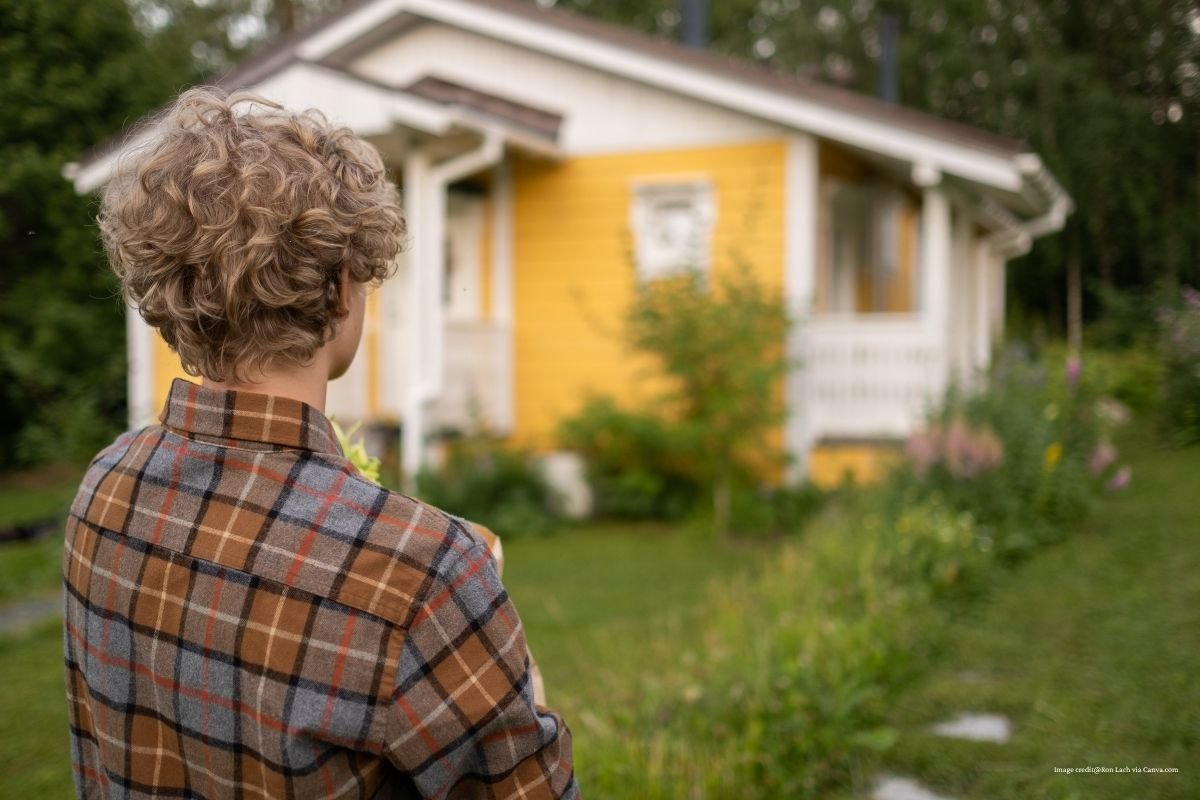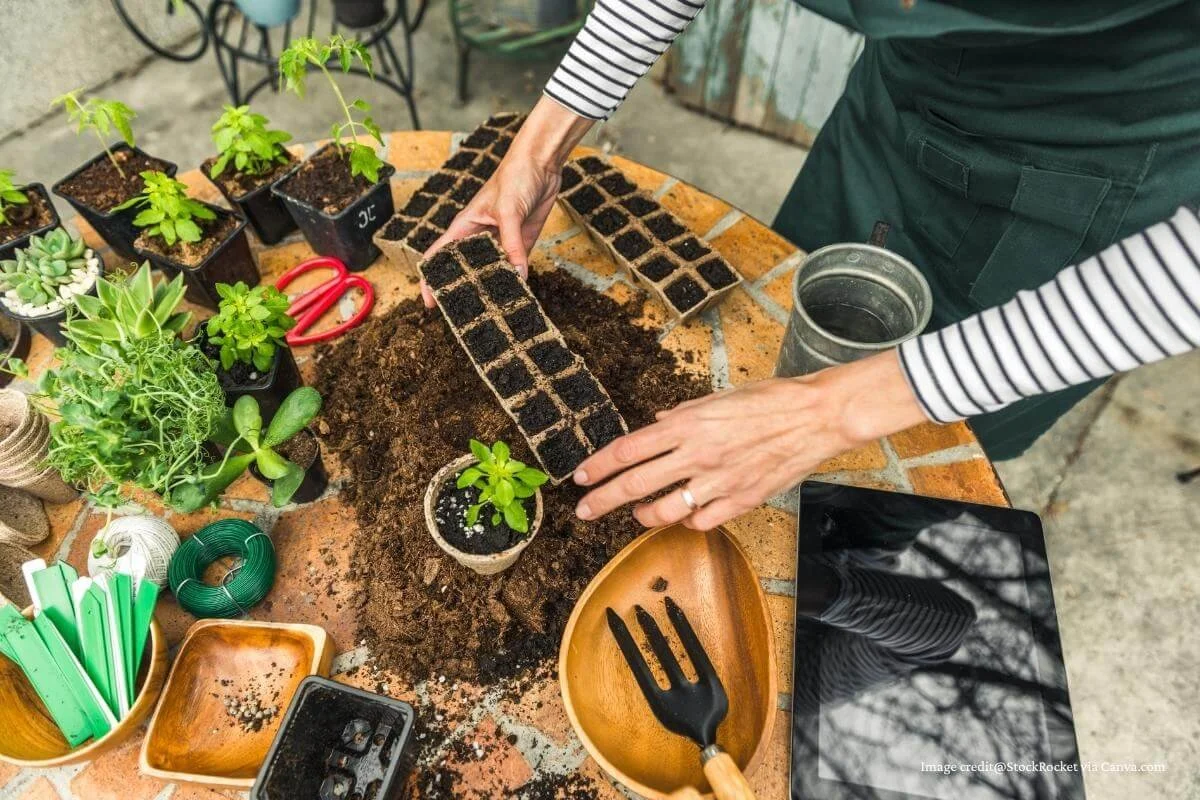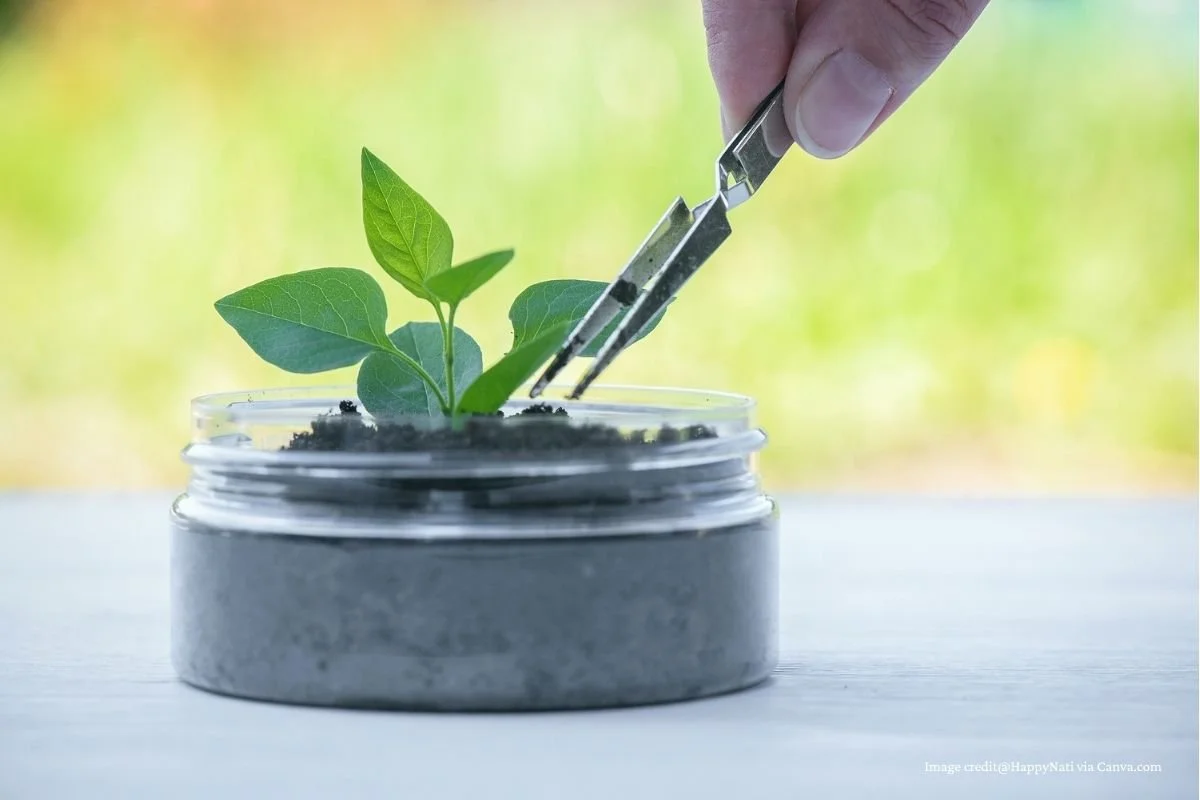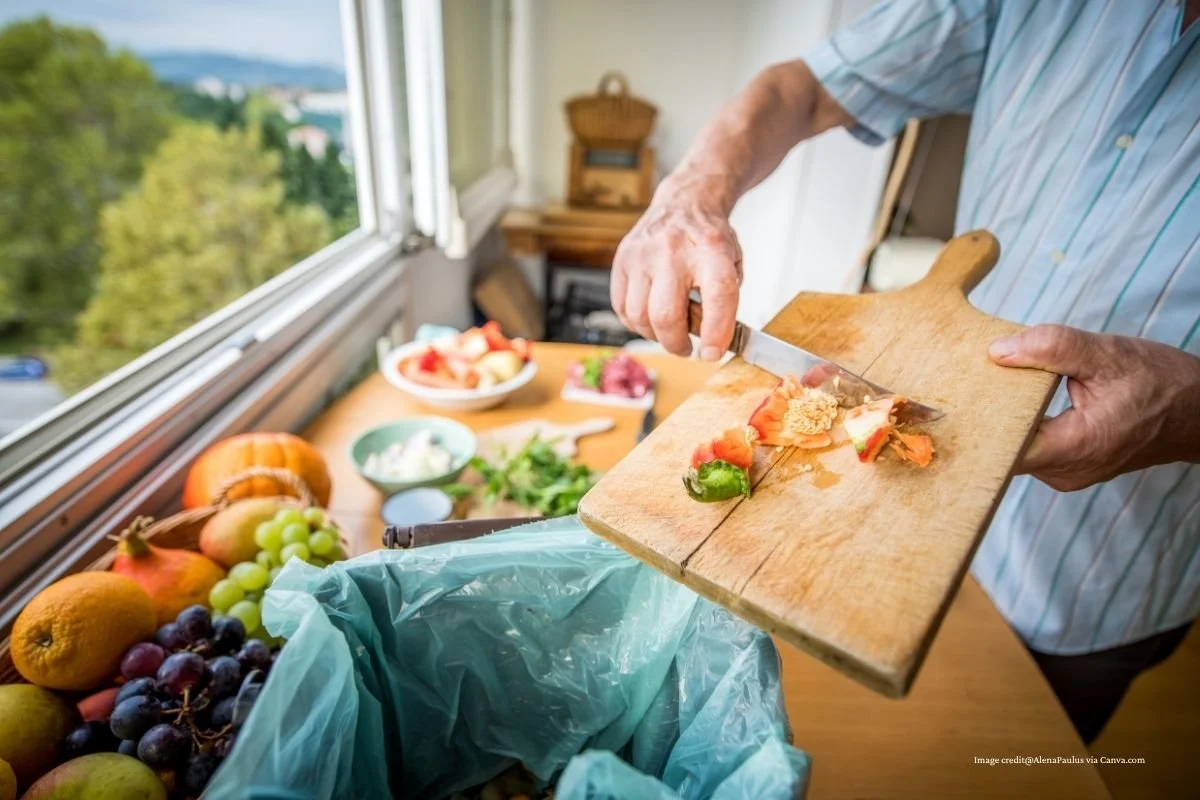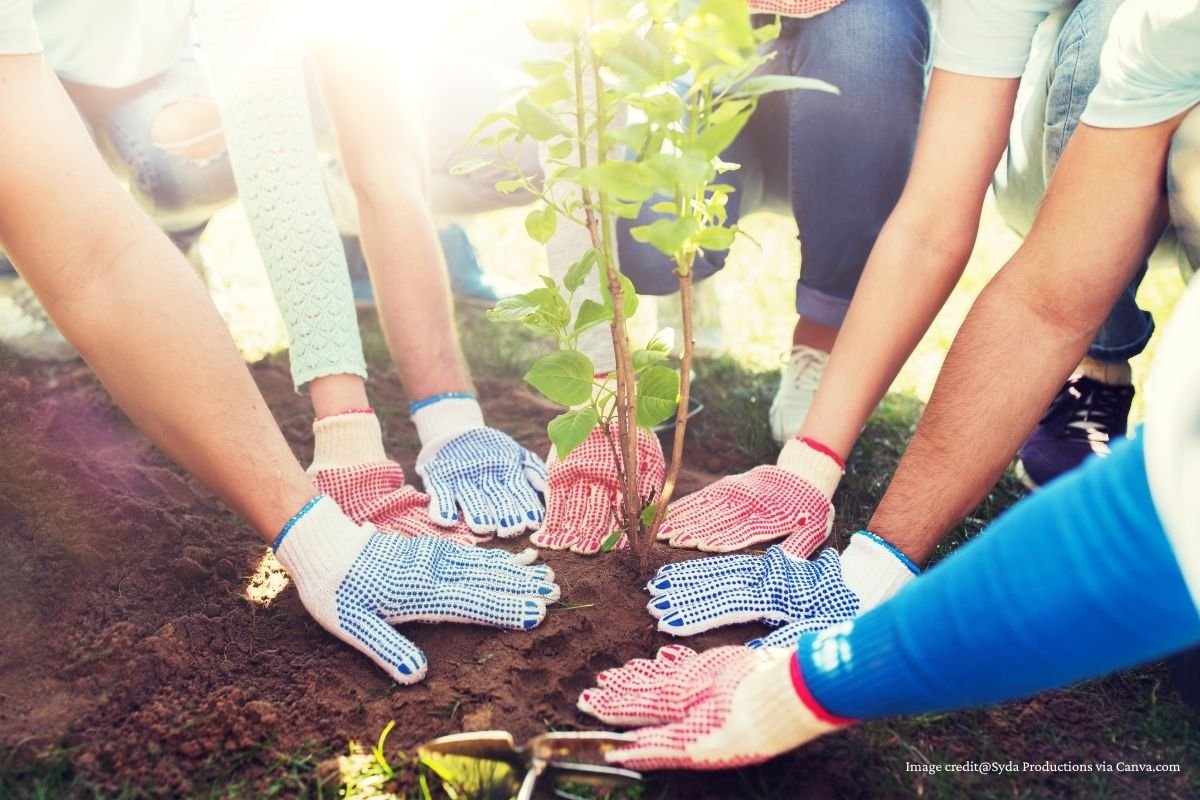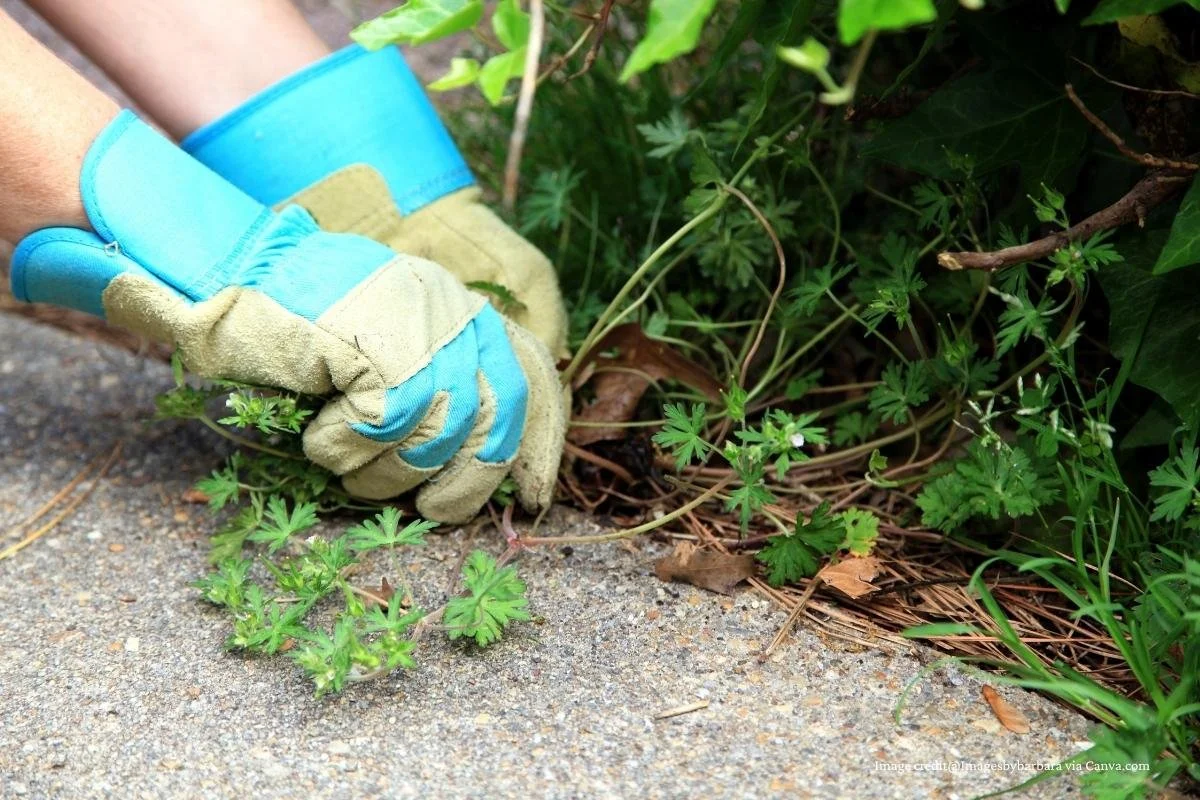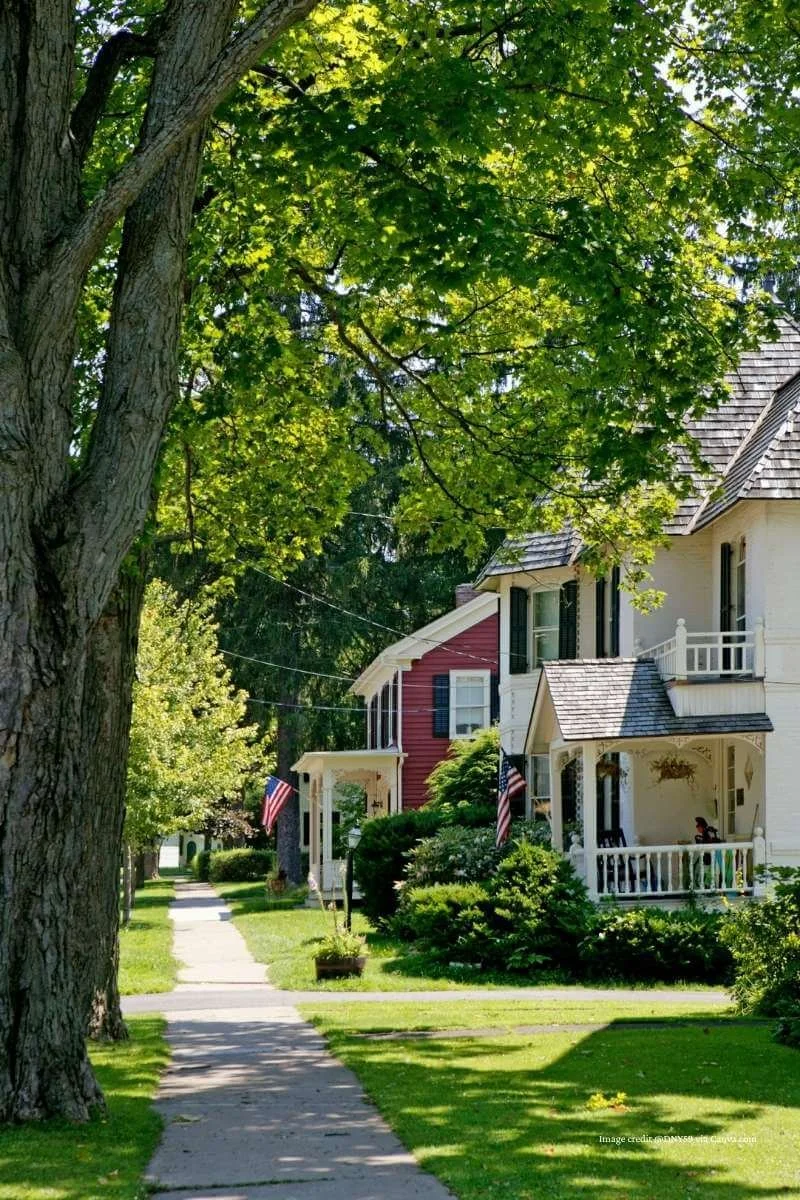10 Money Saving Garden Tips for Beginners
Home Garden Tips and Beginner Garden Tips to Save You Time and Money
Starting a garden can feel overwhelming, especially when you're bombarded with images of insta-worthy backyards and shopping carts full of expensive plants and decor.
But here's the truth: gardening doesn't have to break the bank. As a landscape designer who has helped dozens of clients, friends, and family transform their spaces, I’ve learned that starting small, reusing what you have, and following a few smart tricks can get you surprisingly far.
Whether your goal is a flower-filled front yard or a cozy backyard oasis, these 10 money saving garden tips for beginners will help you start strong - without draining your wallet. Let’s dig in!
1. Start by Taking Stock of What You Already Have
Before you buy anything, evaluate your current space. Many beginner gardeners assume they need to add more, but the truth is - a great garden often starts with editing, not buying.
Here’s how to make the most of what’s already growing:
Identify existing plants. Use a plant ID app like PlantNet or iNaturalist to name everything growing in your yard. Some may be treasures in disguise!
Remove or relocate. Overgrown, struggling, or out-of-place plants can be removed or moved to better spots. See Penn State’s article Transplanting or Moving Trees and Shrubs in the Landscape if you are not sure how to tackle this.
Divide perennials. Plants like daylilies, hostas, and coneflowers can be divided and replanted elsewhere. Check out the UMN Extension’s article How and When to Divide Perennials.
Prune and tidy. A good pruning session can completely refresh a tired-looking garden. Read Purdue University’s guide Pruning Ornamental Trees and Shrubs for help getting started with these tasks.
Weed thoroughly. This free task 😉 creates instant visual impact and gives your plants more room to thrive.
Refresh structures. Power wash patios, repaint fences, and scrub old pots - simple cleanups go a long way.
These beginner garden tips help you build a fresh foundation with zero spending.
2. Grow Plants from Seed
Seeds are one of the best-kept secrets for garden savings. For less than the cost of one nursery plant, you can grow hundreds of new plants yourself.
For example, a packet of purple coneflower seeds costs less than $5 and can be expected to yield dozens of plants, while one live container-grown purple coneflower from the nursery costs $12 - $25. Seeds also bypass the need for plastic nursery containers, reducing plastic consumption.
Try these easy-to-grow plants from seed:
Beardtongue (Penstemon)
Blanketflower (Gaillardia)
Catmint (Nepeta)
Coneflower (Echinacea)
Dahlia (Dahlia pinnata)
Hyssop (Agastache)
Ice plant (Delosperma)
Marigold (Tagetes)
Milkweed (Asclepias)
Nasturtium (Tropaeolum)
Pinks (Dianthus)
Primrose (Primula)
Purpletop vervain (Verbena bonariensis)
Sunflower (Helianthus)
Sweet alyssum (Lobularia maritima)
Tickseed (Coreopsis)
Yarrow (Achillea)
Zinnia (Zinnia elegans)
Bonus: Many flowers and herbs will reseed themselves the following year. Once you get the hang of seed starting, you can also save your own seeds and join seed swaps for even more variety.
Here are some resources to help you get started:
3. Learn to Propagate Your Own Plants
Once you have a few favorite plants, multiply them for free using propagation. It’s easier than it sounds and one of the most cost-effective garden tips for beginners.
Basic propagation methods:
Cuttings: Take a snip of a healthy plant (stem, leaf, or root) and place it in water or soil until it grows roots. This technique works for most trees, shrubs and perennials. Read more in Purdue University’s New Plants from Cuttings guide.
Divisions: Dig up mature perennials and split them into smaller pieces, each with roots attached. Penn State’s Guide to Dividing Perennials has more info.
Layering: This method works well for many shrubs and vines. Bend a low branch to the ground, bury a section under soil, and let it root while still attached to the parent plant. Check out OSU State’s article Layering Propagation for the Home Gardener.
By learning to propagate your own plants, you can grow identical new ones for free - and enjoy the rewarding feeling of doing it yourself.
4. Collect Rainwater in a Rain Barrel
Watering your garden is a never-ending task, and can drive up your utility bill, especially in the summer. One of the smartest home garden tips is to set up a simple rainwater collection system using a rain barrel.
Rainwater is pure and does not contain any added chlorine, fluoride or chemicals. Be aware, however, that it does pick up various contaminants like bird droppings and bacteria as it runs across a roof - and it’s not meant for consumption.
To keep the water inside your rain barrel from getting stagnant and stinky, empty the barrel frequently and scrub it out as needed. Use Mosquito Dunks (they are safe for pets, people, and wildlife) to prevent mosquito larvae from growing in the water.
Rain barrels are an easy DIY project, and some local governments and charities may have free or reduced-cost rain barrels available - it’s definitely worth checking into.
Here are some resources to help you get started:
5. Make Your Own Compost and Leaf Mold
Skip the store-bought soil amendments! You can enrich your garden beds with free materials from your kitchen and yard.
Compost:
Made from fruit and veggie scraps, eggshells, coffee grounds, yard clippings, and more.
Doesn’t require a fancy bin - just a heap in a hidden corner will do the trick!
Turns into dark, crumbly soil full of nutrients.
Learn more in the UMD Extension article How to Make Compost at Home.
Leaf mold:
Made from piled-up fall leaves.
Decomposes into spongy material that improves soil texture and water retention.
Read Making Leaf Mold from the NC Cooperative Extension for more info.
By making your own compost and leaf mold, you’re leveraging free resources to boost your garden’s health. Making your own compost is one of the easiest and most rewarding beginner garden tips to try!
6. Repurpose Items Into Creative Containers
Instead of making an annual trip to the nursery to buy brand-new planters filled with short-lived annuals, get creative and repurpose what you already have. This is one of the most practical home garden tips for saving money.
Check your basement, garage, or attic for unused items that could be turned into planters. Or go treasure hunting at thrift shops and yard sales. Think outside the box - an old watering can, a chipped teapot, or a forgotten ceramic vase can all become charming containers with a little imagination.
Container garden tips for beginners:
Look for materials you can easily drill into to create drainage holes - this is essential to prevent soggy soil.
Avoid glass or other hard-to-modify materials that could crack or break.
Don’t limit yourself to annuals! Use perennials, ornamental grasses, small shrubs, or even dwarf trees for longer-lasting impact.
Many perennials and grasses can thrive in containers for 2 to 3 years or more. Small shrubs and trees may last even longer with proper care. When it's time for a change, simply transplant them into your garden beds.
Winter tip: Plants in containers are more vulnerable to cold temperatures than plants growing in the ground. To ensure winter survival, choose plants that are at least 2 gardening zones hardier than yours. For example, if you live in zone 8, choose plants hardy to zone 6 and below. If you are not sure what zone you are in, you can find it on the USDA’s Plant Hardiness Zone Map.
You can even rotate houseplants into your garden for the summer. Just be sure to bring them indoors before nighttime temperatures fall below 55°F.
7. Connect with Other Gardeners
One of the best home garden tips? Get social! Gardeners, in general, are a friendly and generous bunch, often eager to talk shop, share plant divisions, and lend tools.
Ways to build your gardening network:
Join a local garden club or plant society.
Volunteer at a community garden or native plant restoration group.
Look on social platforms like Facebook Marketplace, Craigslist, and Nextdoor for free plants, pots, or tools.
Attend local plant swaps and seed exchanges.
Some communities even offer tool libraries where you can borrow tools instead of buying them.
Resources to help you connect:
The Plant Native: Native Plant Societies
8. Get to Know Your “Weeds”
It’s easy to fall into a trance when you weed, mindlessly pulling out anything growing where it doesn’t belong. But wait…take a close look at what you are pulling out! It may be a volunteer.
A volunteer is a desirable plant that grows on its own, without being intentionally planted, and they can come into your yard in many different ways.
Sometimes they are the product of seeds carried in by squirrels and birds, or they can be the offspring of the trees and shrubs you already have growing in your yard.
Volunteers can come via seeds spread by the wind, or from the seeds of annuals, perennials and vegetables that previously grew in your garden.
These volunteers are a gift from nature, however not all volunteer plants are desirable! It’s up to you to decide which can stay and which should go.
You can move your volunteers, if desired, by gently digging around the seedling to lift it out of the soil with minimal disturbance to the roots. Plant it in a new spot, with the appropriate amount of light, and be sure to keep it well-watered until it becomes established.
It can be a very rewarding experience to witness and nurture a plant's development from its earliest stages to full maturity!
9. Plant a Shade Tree
One smart investment now can pay off for years to come - planting a tree to shade your home.
A deciduous shade tree planted on the south or southwest side of the house will block hot afternoon sun and provide a natural cooling effect. This can lead to a noticeable drop in energy bills - some studies show savings of up to 12% on summer power bills.
A row of dense evergreens planted on the north or northwest side of a home creates a windbreak, blocking cold winter winds and reducing heating bills.
Keep in mind the energy savings will be small at first, but as the tree grows and its canopy expands the amount of savings will increase.
Many utility companies and government agencies offer free trees to encourage energy conservation. Check with your power company and local or state government.
Beginner-friendly shade trees:
Red maple (Acer rubrum)
American linden (Tilia americana)
Zelkova (Zelkova serrata)
Tall juniper, arborvitae, or holly varieties for creating evergreen windbreaks
10. Slow Down and Enjoy
This might be the most important of all the beginner garden tips: enjoy what you’ve created. Take a deep breath, head out to your garden with a cup of tea, and simply observe and enjoy the space you are cultivating.
A garden is a dynamic place, always in flux. The light shifts hourly, the weather alters, flowers give way to berries, and seasonal changes bring in new color palettes. Leaf shapes, colors, and textures will begin to stand out.
Different types of wildlife visit at different times of the year, and plants continuously grow and mature. By immersing yourself in these natural rhythms, you can find a deep sense of satisfaction and wonder in the garden you are working so hard to create.
This mindful engagement with your garden fosters a deeper connection to nature. When you take time to notice the beauty and complexity of this world outside your doorstep, you will create a richer and more fulfilling gardening experience - that’s the ultimate gardening tip!
Gardening is a journey, not a race. The more you slow down and enjoy, the more connected you’ll feel to your space. And that, more than anything, will fuel your gardening success.
Final Thoughts
You don’t need a huge budget or designer-level skills to create a garden you love. With these 10 money saving garden tips for beginners, you can start with what you have, grow more for less, and build a space that brings you peace and pride.
Remember, gardening is about progress, not perfection. Every seed planted, every weed pulled, and every flower admired is a step in the right direction. You’ve got this!


